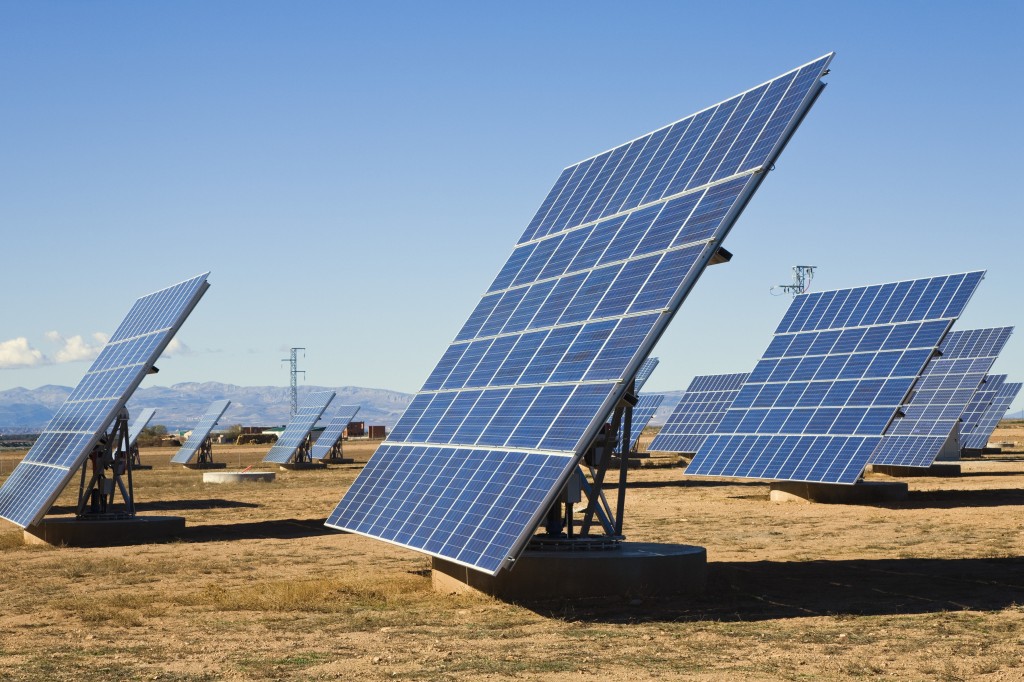Technical contacts: Andrew Mills (510) 486-4059, Ryan Wiser (510) 486-5474
A new analysis by scientists at the Department of Energy’s Lawrence Berkeley National Laboratory (Berkeley Lab) for the Western Governor’s Association explores renewable resource decisions in the West. The report’s “sensitivity analysis” examines how decisions about which renewable sources are chosen, and how transmission lines are expanded, are affected by changes in policies and other uncertainties.
The scientists developed a spreadsheet-based tool with private sector firm Black & Veatch to compare the economics of renewable resource areas for different areas in the Western states, and how different policies and uncertainties may affect resource selection and transmission expansion. The Western states receive power from a connected power grid called the Western Interconnection.
The analysis was conducted as part of the Western Renewable Energy Zones (WREZ) initiative, which was jointly managed by the Western Governors’ Association (WGA) and DOE. WREZ brought together policy makers, energy and transmission developers, utility managers, and environmental organizations in an effort to determine the best ways to meet the Western states’ growing need for electricity from environmentally sustainable, renewable sources of power. The tool developed by Berkeley Lab and its partners is called the WREZ model.
“We need better analytic tools like the WREZ model to enable private and public sector decision-makers to develop timely policies and make investment decisions that will prepare the region for a clean energy future,” said WGA’s Chairman, Montana Governor Brian Schweitzer.
The analysis identifies the potential renewable resource mix and electricity transmission capacity that would be required to provide a hypothetical 33 percent of the West’s annual electricity from areas identified as being suitable for large-scale renewable energy development by the year 2029. It does not suggest specific projects; it was instead designed to determine which sources of renewable power generation would make the most economic sense given assumptions regarding technology costs and power demand.
“We are not able to identify specific transmission lines or renewable projects that should be developed to meet a 33 percent renewable energy target, but we are able to identify important questions that need to be considered in more detailed models,” said Berkeley Lab’s Andrew Mills, one of the report’s authors.
Wind energy was found to provide the largest share of the energy required to meet the 33% renewable energy target with resources from WREZ resource areas. Different cases, however, could shift the balance of wind and solar power. “One of the most important considerations in the Southwest ends up being expectations of the future costs of solar and wind energy,” says co-author Amol Phadke of Berkeley Lab.
The researchers also found that the limited hydropower, biomass, and geothermal resources identified in WREZ resources areas were consistently highly utilized across cases. The limited amount of the resources in WREZ resource areas led to a narrow range of 16 to 23% of the total incremental renewable energy target.
Free trade in renewable energy credits, on a West-wide basis, might reduce the average cost of renewable energy supply by as much as 0.6 cents/kWh.
Across all of the analyses included in the report, transmission costs made up 10 to 19 percent of the total cost to build new renewable resources and deliver renewable power to load centers throughout the West. In aggregate, the estimated investment in new transmission needed to meet the hypothetical 33 percent renewable energy target from WREZ resource areas was $17 to $34 billion. “While our results from the screening tool did show a number of new transmission lines longer than 800 miles can be economically competitive”, says co-author and project manager Ryan Wiser of Berkeley Lab, “the results suggest that any long distance lines built to access renewable energy in the West would ideally be coupled with an even greater emphasis on short-distance lines.”
This research was funded by the U.S. Department of Energy’s Office of Electricity Delivery and Energy Reliability.
Additional information:
- Download the report “Exploration of Resource and Transmission Expansion Decisions in the Western Renewable Energy Zone Initiative” by Andrew Mills, Amol Phadke, and Ryan Wiser
- The Western Governors Association Western Renewable Energy Zones initiative

